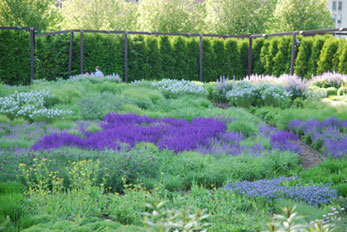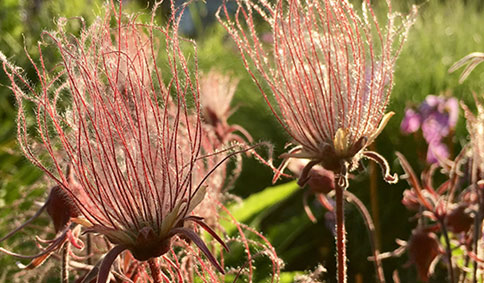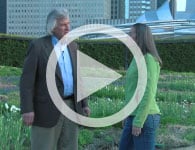Quick facts about Millennium Park
Which city can boast that one of their most popular tourist attractions was built on top of a former railroad yard and parking lot? Chicago can. Located in The Loop district on Lake Michigan's shoreline, Millennium Park is a free public park designed to celebrate the second millennium. Chicagoans and out-of-town visitors both enjoy its urban location, and it's become a meeting place for all. Throughout the park, visitors can see permanent art pieces by celebrated artists as well as unique architectural features. With the Lurie Garden as one of its premier attractions, Millennium Park truly reflects Chicago's city motto, Urbs in Horto, meaning "city in a garden."
View Map > >






































